
The Ultimate Golden Gate Park Guide
World-class art, gorgeous gardens, and a herd of bison: All in San Francisco's Golden Gate Park.
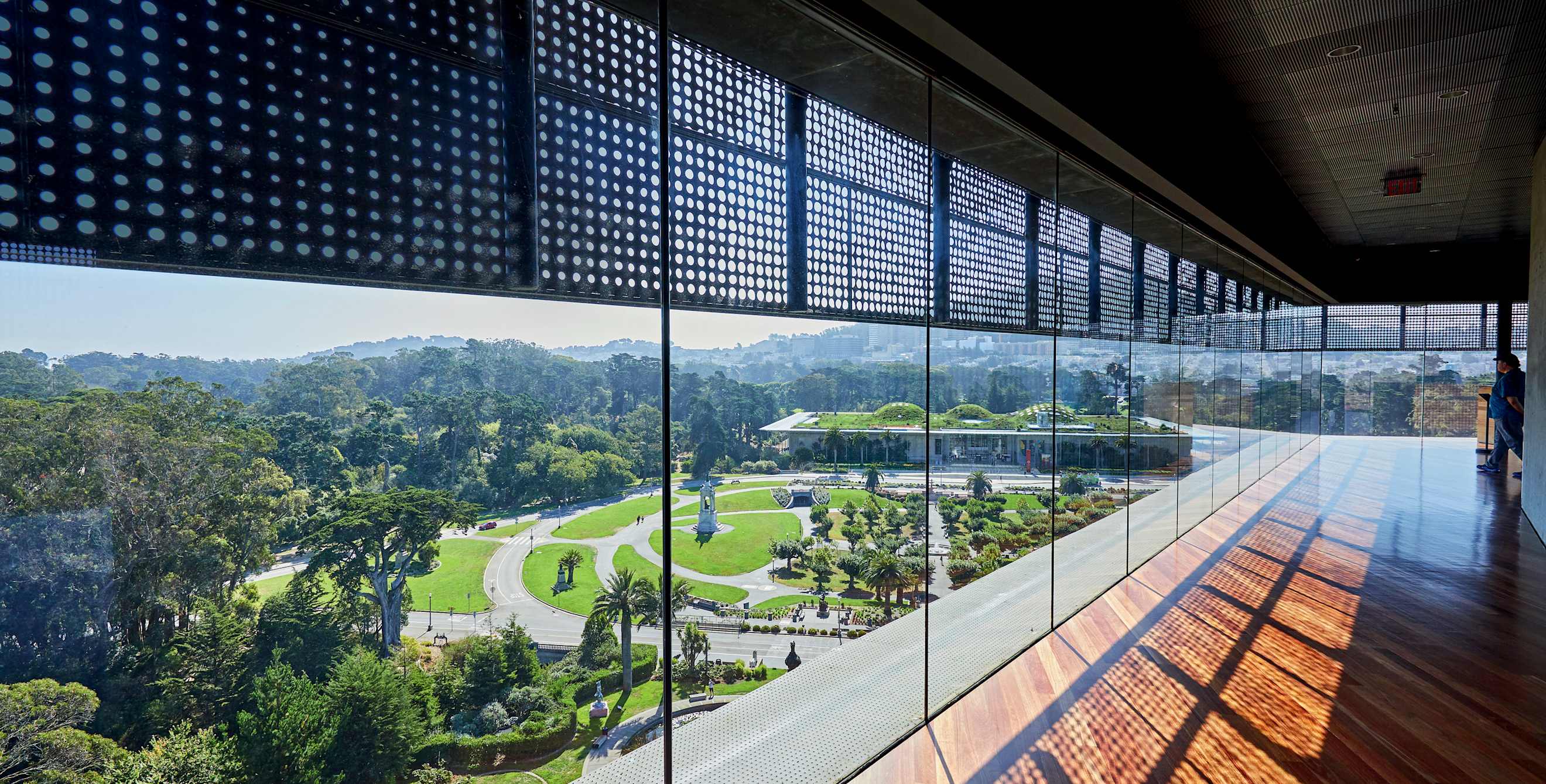
There shouldn’t be a park here. That’s what Frederick Law Olmsted, the legendary designer behind New York’s Central Park, told San Francisco bigwigs in 1865, when they first approached him about creating an equally grand park in their city. The frontier metropolis, he said, was too windy and sandy to support even a tree.
And yet, here it is. Born more than 150 years ago, Golden Gate Park is a lovely surprise, 1,017 green acres in the heart of one of the densest cities in the United States. It’s a place where San Franciscans can toss a Frisbee, row a boat, and joyously decompress. “The best urban park in America,” says Phil Ginsburg, general manager of the San Francisco Recreation and Parks Department. Ginsburg’s position might make him seem biased, but trust me, it is beyond compare.
Ignoring Olmsted, legislators approved the park’s development on April 4, 1870. But the proposed site was wilderness, mostly giant sand dunes dotted with tangles of scrub oak. Luckily, two intrepid San Franciscans—park surveyor William Hammond Hall and horticulturist John McLaren—rose to the challenge. “They planted trees to block the wind,” explains Ginsburg, discovering that “by mixing barley with sand, they could get things to grow.” In two years, the duo had planted 22,000 hardy saplings. Today, the park is verdant with redwoods and rhododendrons, conifers and camellias.
On the map, Golden Gate Park is deceptively simple. Two linked rectangles stretch from the middle of the city to the Pacific. But it holds a parade of wonders: 10 lakes, two windmills, and a bison herd. Plus, on Sundays, an open-to-anybody swing dance class so hot it almost convinces you that you, too, could Lindy Hop to "Jump, Jive an' Wail."
It's a much-used park, with an estimated 24 million visitors a year, two major music festivals, and weekly band concerts April through October. There are flower shows, lawn bowling contests, and dozens of races.
Like all great urban parks, this one channels its city's soul. Like San Francisco, Golden Gate Park is radiant but sometimes moody, welcoming to everyone—art lovers, bison lovers, and Lindy Hoppers—and rich in ways that no one could have dreamed of back in 1870. Don't believe me? Come to the park.
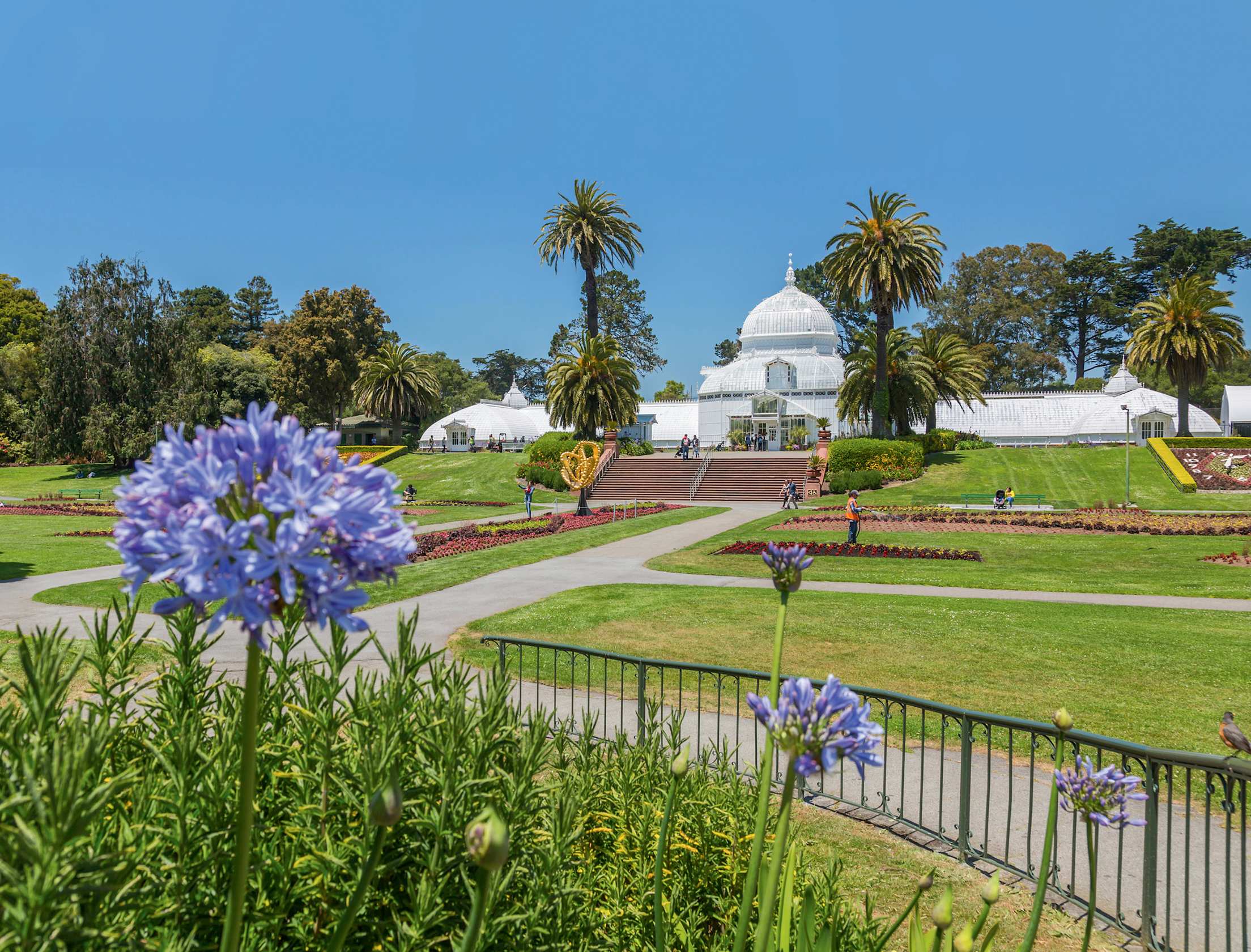
Conservatory of Flowers
A stately, ornate tribute to the Victorian passion for growing tropical plants in nontropical climes, this palatial white greenhouse is the oldest surviving building in Golden Gate Park, and perhaps the most beautiful. Opened in 1879, the Conservatory of Flowers is one of the last all-wood conservatories left in the United States; its 16,800 panes of glass let sunshine stream in to nurture some 2,000 species of plants, ranging from giant water lilies to delicate polka-dotted orchids, from the cascading tassel ferns to the bright coral, extravagantly named Flame Thrower lipstick plant. Step outside and you'll see flower beds planted in rigorously regimented 19th-century fashion but glittering with one bit of 21st-century bling—French artist Jean-Michel Othoniel's La Rose des Vents, a golden sculpture that gleams as it swivels in the wind.
Sporty Spots
- Angler's Lodge
- Bike Paths
- Bowling Greens
- Archery Range
- Golden Gate Park Gold Course
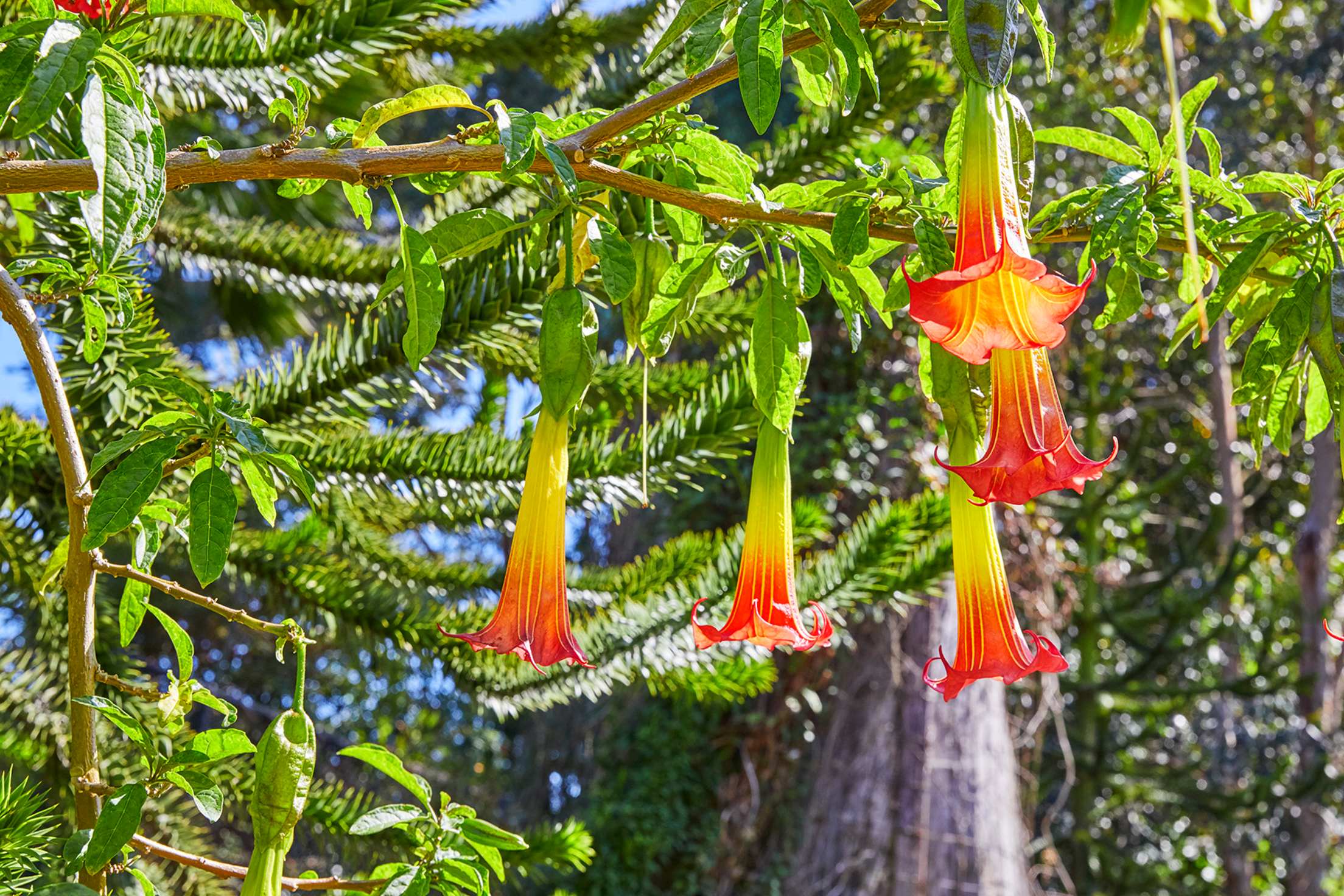
San Francisco Botanical Garden
No part of the park proclaims its transformation from sandy wildland to Northern California Eden more eloquently than this enclave, which shelters 8,000 different plants from six continents. The park creators entertained the idea of a botanical garden in the 1870s, but that vision wasn’t realized until 1940. Today, you could easily spend your whole visit here. Start at the California Native Plant Garden, sweet with sage, then stroll into the grove of coast redwoods nearby. From there, head for the Mesoamerican Cloud Forest, where tree daisies grow 20 to 40 feet high. Continue on to areas devoted to the plants of South Africa, Australia, and New Zealand. Looking for a choice picnic spot? The sweeping Great Meadow can’t be beat.
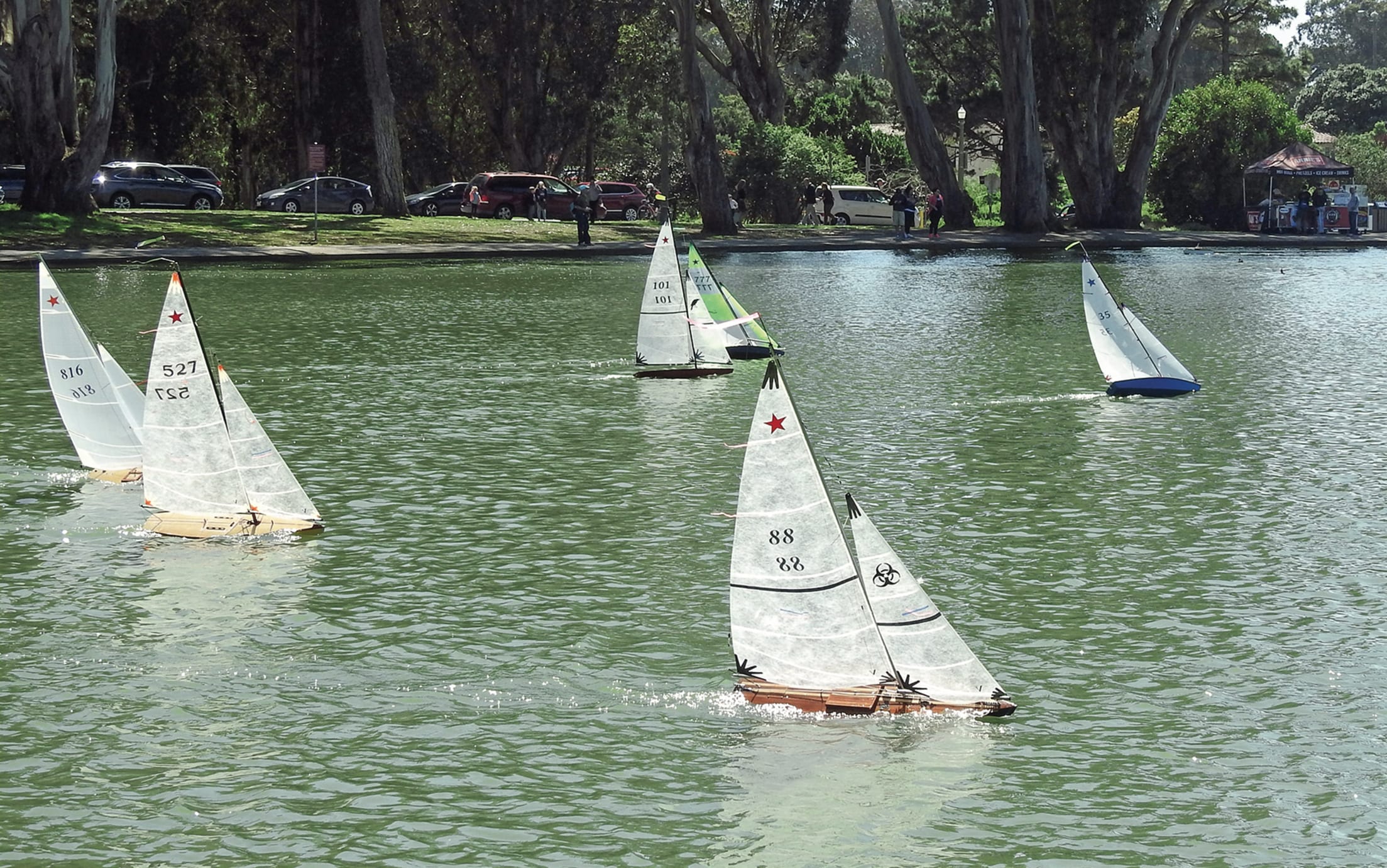
San Francisco Model Yacht Club
On Spreckels Lake floats the most whimsical fleet this side of Stuart Little: the exquisitely detailed, scale-model sailboats and powerboats of the San Francisco Model Yacht Club. Founded in 1898, the group still maintains a regular schedule of regattas. Show up most weekends and you’ll see the colorful yachts, some of which took years to build, in maritime competition. If you’re lucky, club headquarters will be open—it’s that sweet little Spanish building just off the lake—and you can step inside to gaze at row upon row of beautiful model watercraft.
Land O' Lakes
- Chain of Lakes
- Lloyd Lake
- Spreckels Lake
- Stow Lake
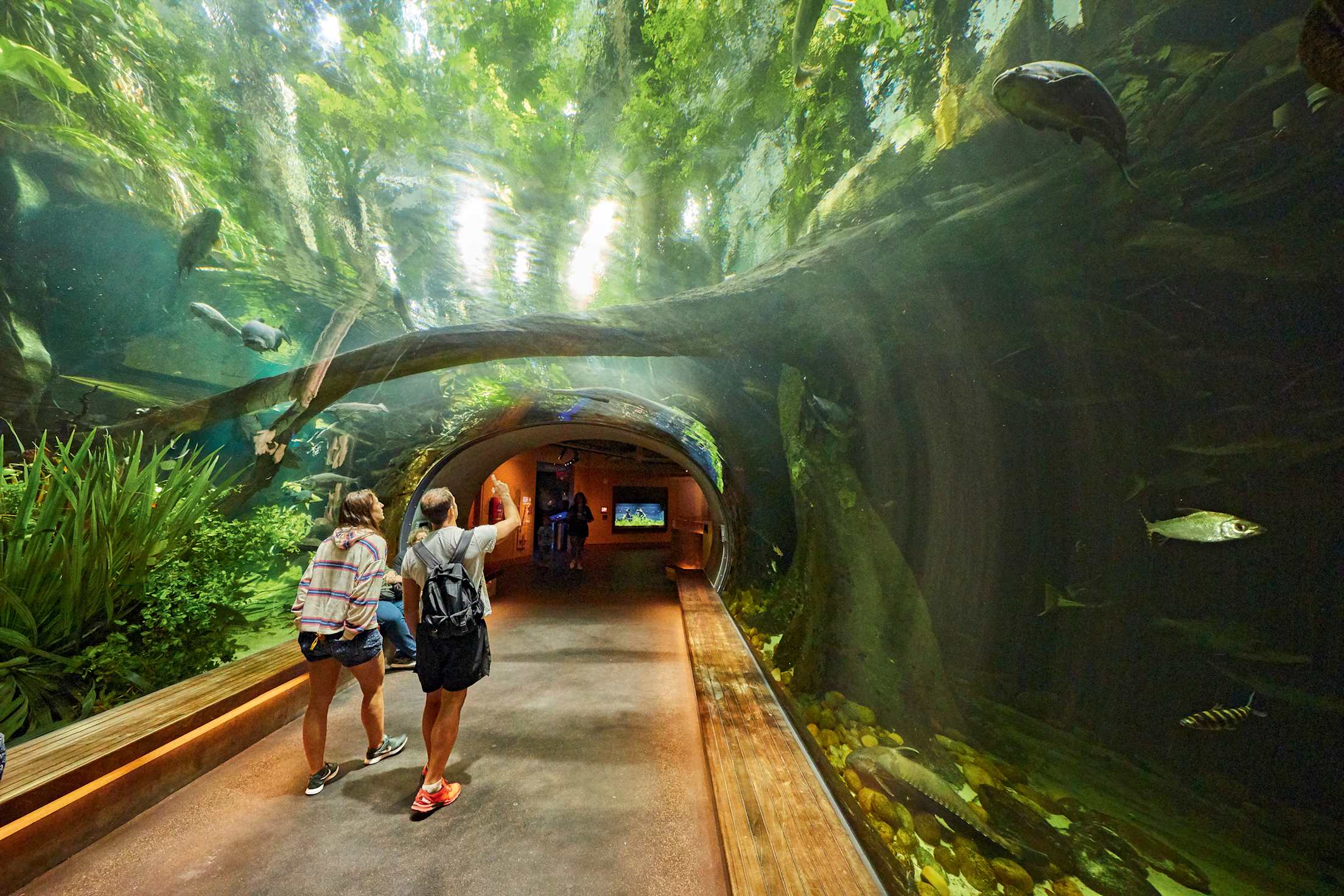
California Academy of Sciences
What will wow you first is the living roof, a vivid green landscape with undulating hills, which—you’ll note on closer inspection—are covered with native plants that draw bees, butterflies, and other local pollinators. In fact, every part of the California Academy of Sciences rewards this kind of focused attention. While ascending the circular walkway in the lush, four-story rain forest, for instance, sharp-eyed visitors might see some of its well-camouflaged inhabitants, such as the spiny flower mantis, blue morpho butterflies, and lime-green Amazonian tree boa. Meanwhile, if you look intently into the luminous, starfish-filled Philippine coral reef exhibit, you might notice underwater formations shaped like feathers and leaves, cattails and cacti. But make no mistake: The focus here isn’t just on dazzle. The academy’s Institute for Biodiversity Science and Sustainability also gathers data, sponsoring research expeditions all over the planet. To get an in-depth look at the museum and its work—and a peek into the expansive behind-the-scenes collection—pony up for the VIP tour.
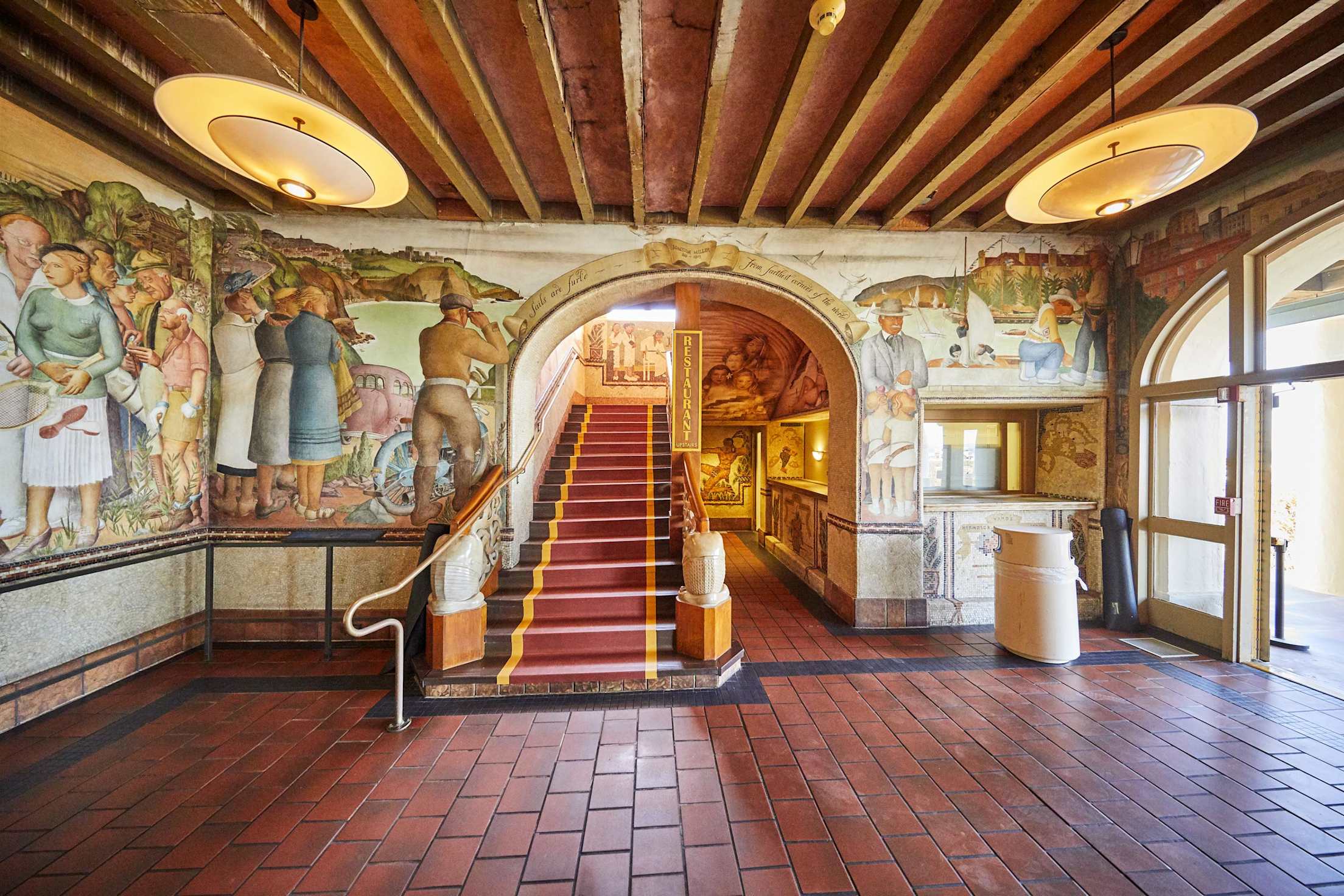
Beach Chalet
At the park’s western edge, just across from the Pacific, sits a striking Spanish revival building. Initially home to a teahouse, the chalet was commandeered for defense during World War II. Later, it became a notorious biker bar. Restored in the 1990s, the local landmark gleams again. On the first floor, WPA murals evoke 1930s San Francisco. Upstairs, the restaurant serves an excellent burger with garlic aioli, a pleasing array of IPAs, and glorious ocean views.
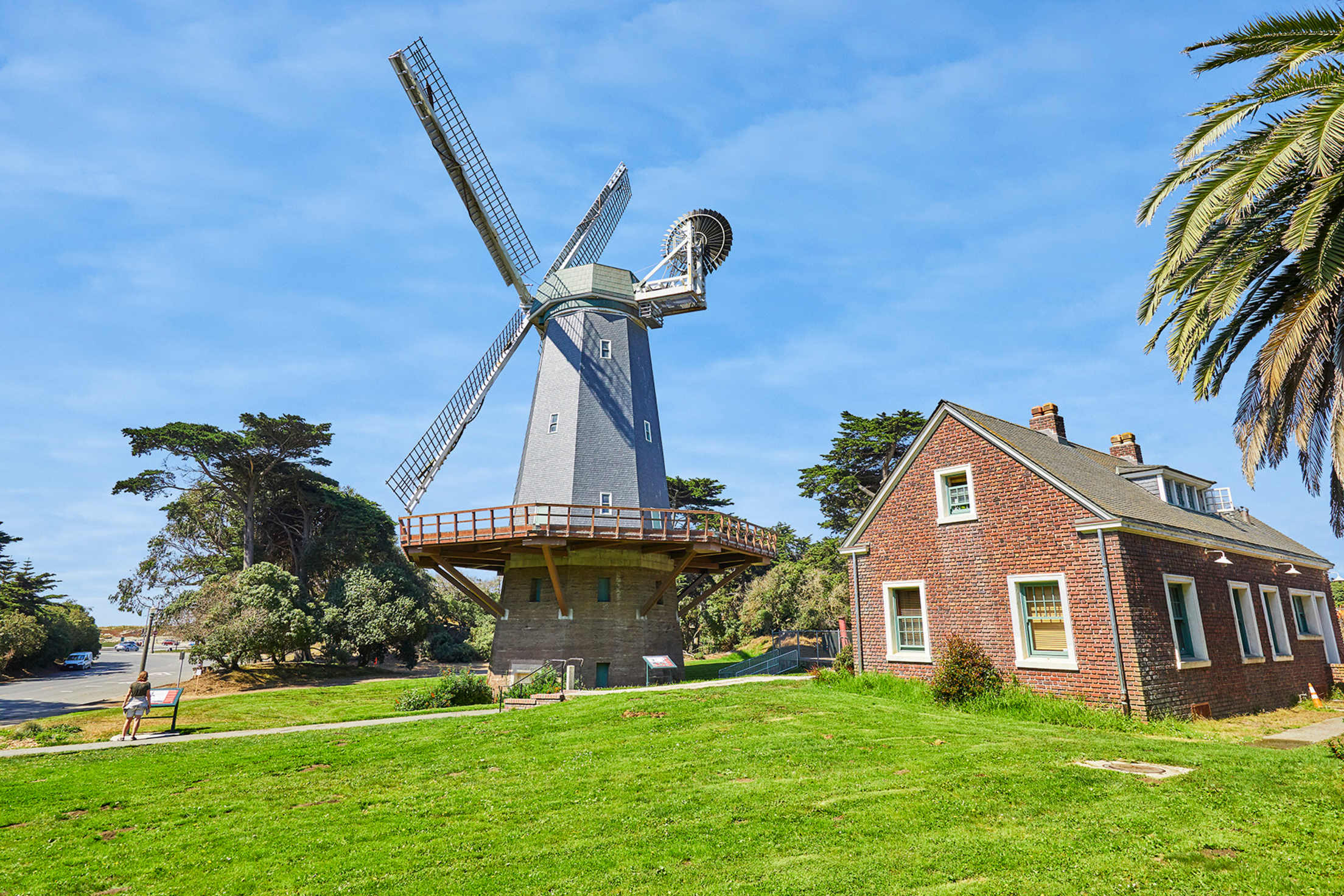
Dutch and Murphy Windmills
When you reach the park’s west end and look up, you might feel as though you’ve stepped into the pages of a forgotten children’s book. Above you stand two charming European-style sentries. In their heyday, these windmills pumped thousands of gallons of water through the park. The Dutch Windmill dates to 1902; in spring, the garden at its base offers a rainbow of tulips that is one of the park’s most impressive flower displays. Just south, the Murphy Windmill shines with a 64-ton copper dome, shipped here directly from the Netherlands.
Picnic Supplies
- Arizmendi Bakery
- Hook Fish Co.
- Tartine Inner Sunset
- Whole Foods Market
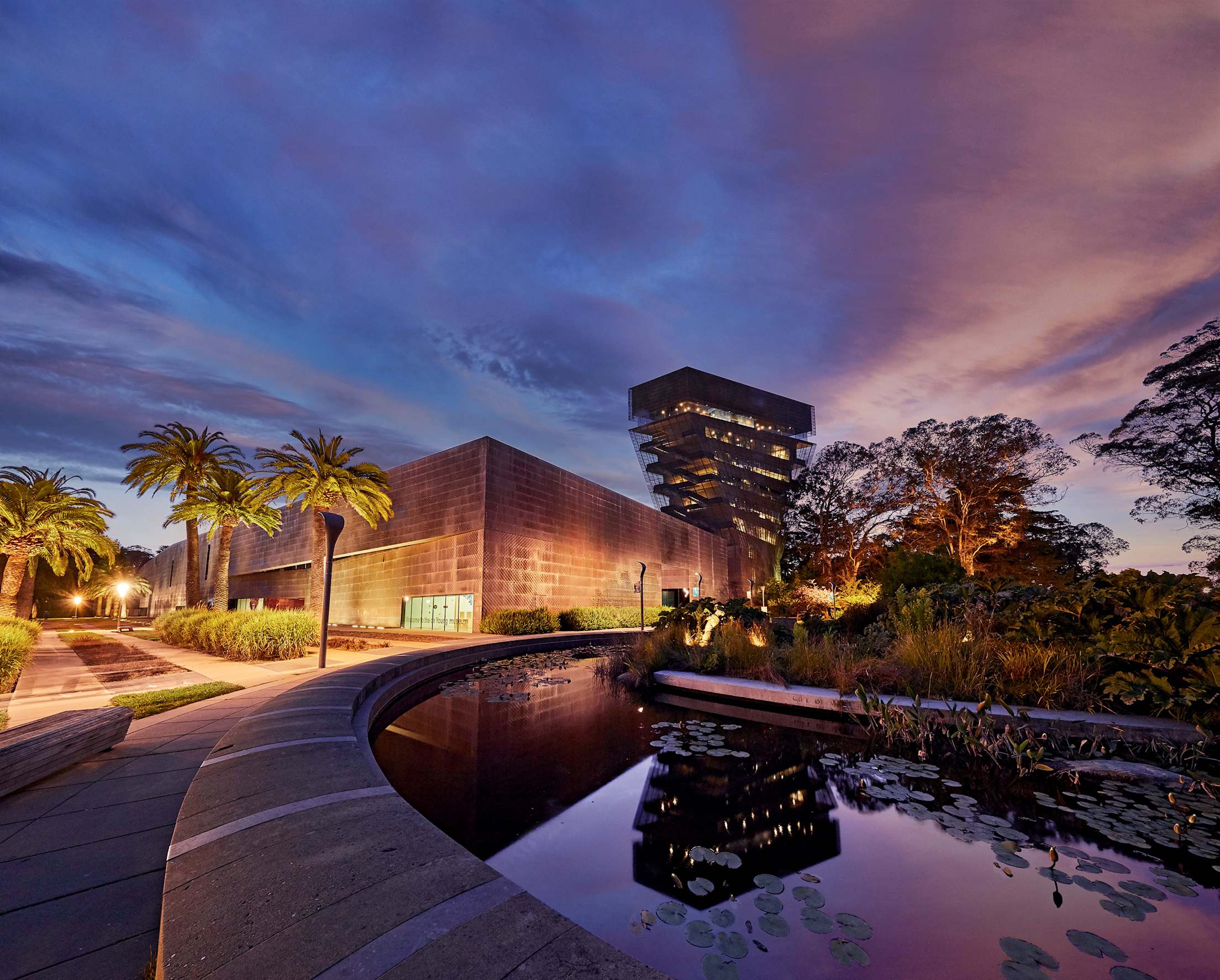
deYoung Museum
Sprawling and angular, with a looming periscope tower, the de Young looks a little like a spacecraft just in from Planet Art. The 21st-century museum is sheathed in perforated copper that's slowly oxidizing from a rich brown today to a blue-green patina that echoes the surrounding foliage. It's an apt metaphor for the evolving institution, which traces its roots to the 1890s. The de Young is especially strong in American art, counting works such as Albert Bierstadt's California Spring among its holdings, but Africa and Oceania are well represented too. Short-term exhibits explore everything from contemporary tattoos to African American art during the civil rights era. Once you're ready for a break, ride the elevator up that futuristic tower to the observation deck. The views stretch all the way from the residential Richmond District to the skyscrapers of downtown.
Best Blooms
- Dahlia Dell: Come fall, huge yellow, pink, and orange dahlias bloom near the Conservatory of Flowers.
- Fuchsia Dell: This quiet nook plays host to a swell of small, delicate pink-and-purple blooms each summer.
- Japanese Tea Garden: At the end of March, the cherry trees around the garden amaze visitors with a glorious pink- and-white display.
- John McClaren Rhododendron Dell: Showy pink, red, and white flowers blossom each spring in this hollow just off JFK Drive.
- Queen Wilhelmina Garden: This neatly arrayed garden, at the base of the Dutch Windmill, is at its best in early spring, when hundreds of tulips emerge in a riot of color.
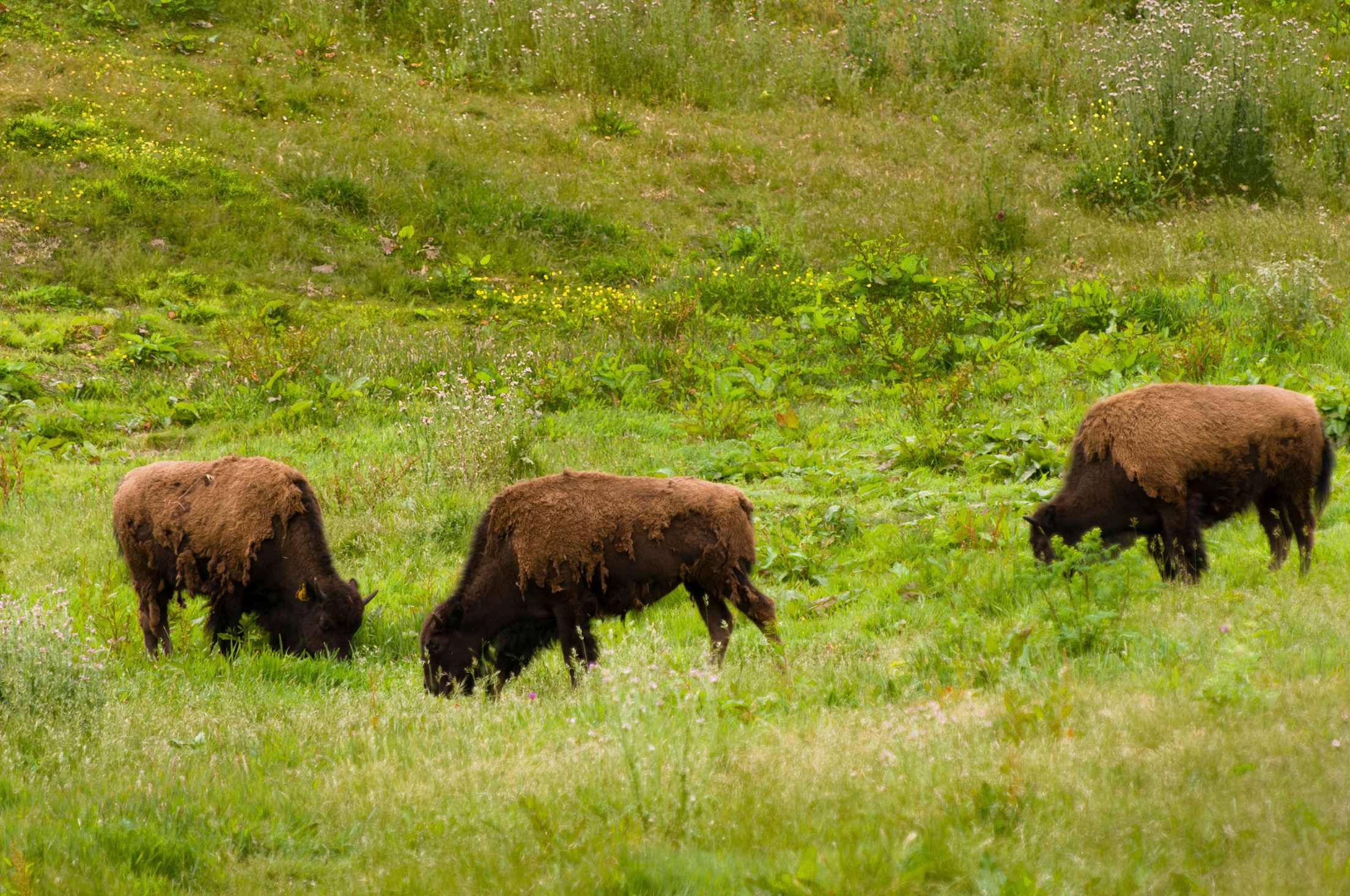
Bison Paddock
Locals and visitors alike gape outside the Bison Paddock. Here, a herd of regal ruminants graze in their own little prairie, sometimes moving majestically toward onlookers—like proud Downton Abbey aristocrats—before sidling off again. John McLaren imported the first pair in 1891, when the species seemed doomed to extinction. Now, with bison thriving nationwide, this small herd serves as a welcome reminder that environmental crises can have happy endings.
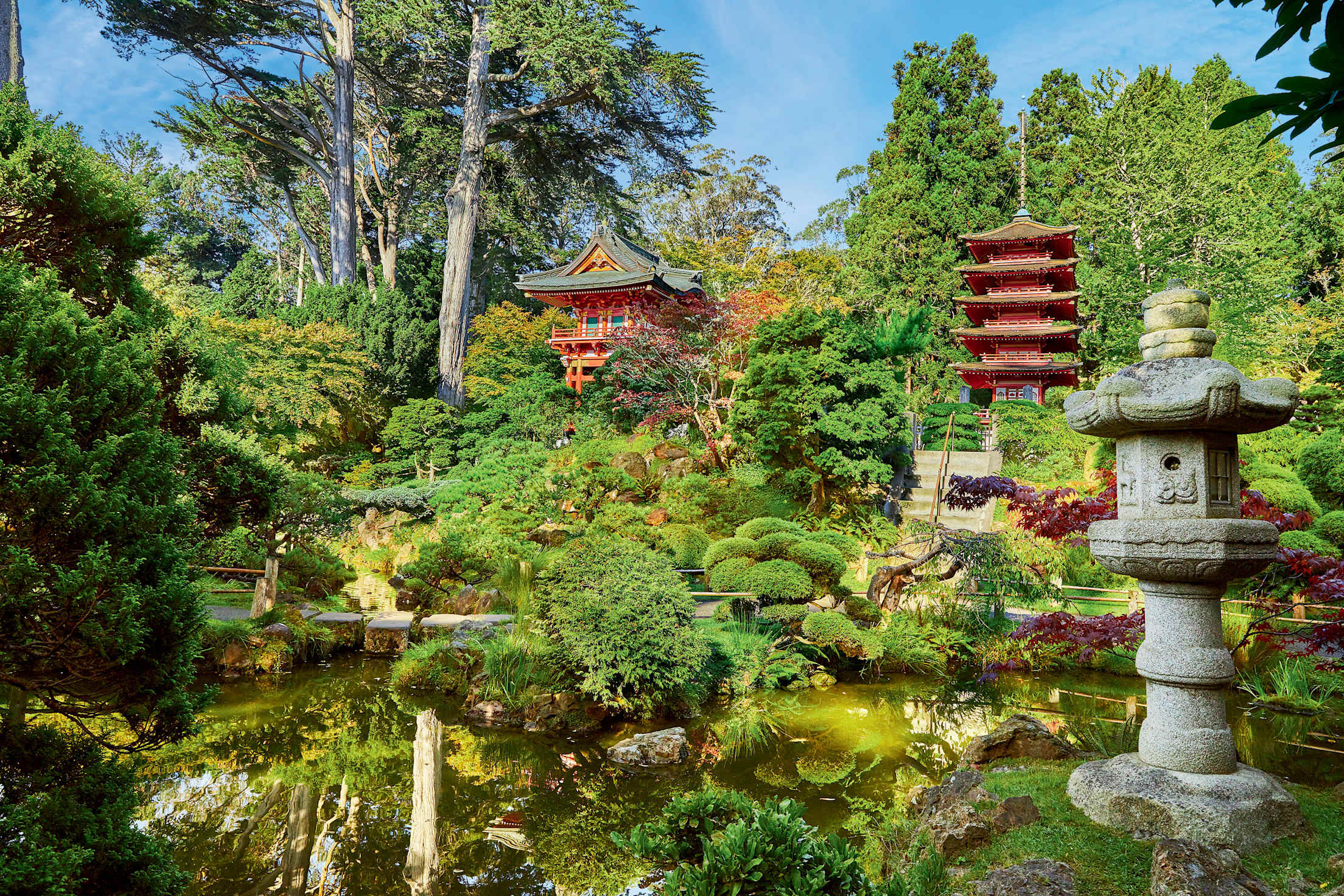
Japanese Tea Garden
Walk through the pagoda-style gate, and you enter a wonderland where footpaths meander beneath Japanese maples, a high bridge arcs over the koi pond, and, come spring, cherry trees explode in a brilliant shower of blossoms. Sip a cup of sencha in the teahouse and savor the landscape that has beguiled visitors since it opened as part of the 1894 California Midwinter International Exposition. The garden's grace is largely the product of one immigrant family, the Hagiwaras: Makoto designed the garden and tended it until his death in 1925; later, his daughter and son-in-law took over. During World War II, the family was forced to abandon their beloved garden when they were relocated to an internment camp. Today, a simple but moving monument—created by the late, great San Francisco artist Ruth Asawa—honors the people who provided the city with this profoundly lovely refuge.
Move to the Music
- Hardly Strictly Bluegrass: This free October shindig was financier F. Warren Hellman's gift to the city; Emmylou Harris and Robert Plant have been repeat performers.
- Opera In The Park: Each fall, San Francisco Opera stars belt out pop standards—plus highlights from the upcoming season—alfresco in Robin Williams Meadow.
- Golden Gate Park Band: Playing strong since 1882, this community band performs some Sunday afternoons in a band shell that looks like it came from ancient Greece.
- Lindy In The Park: Hepcats have been swing dancing alongside JFK Drive for 20-plus years; if you'd like to join, drop by for a free half-hour lesson Sundays at noon.
- Outside Lands Music and Arts Festival: The three-day August extravaganza draws all-star headliners such as Paul Simon, Janet Jackson, and Kendrick Lamar.
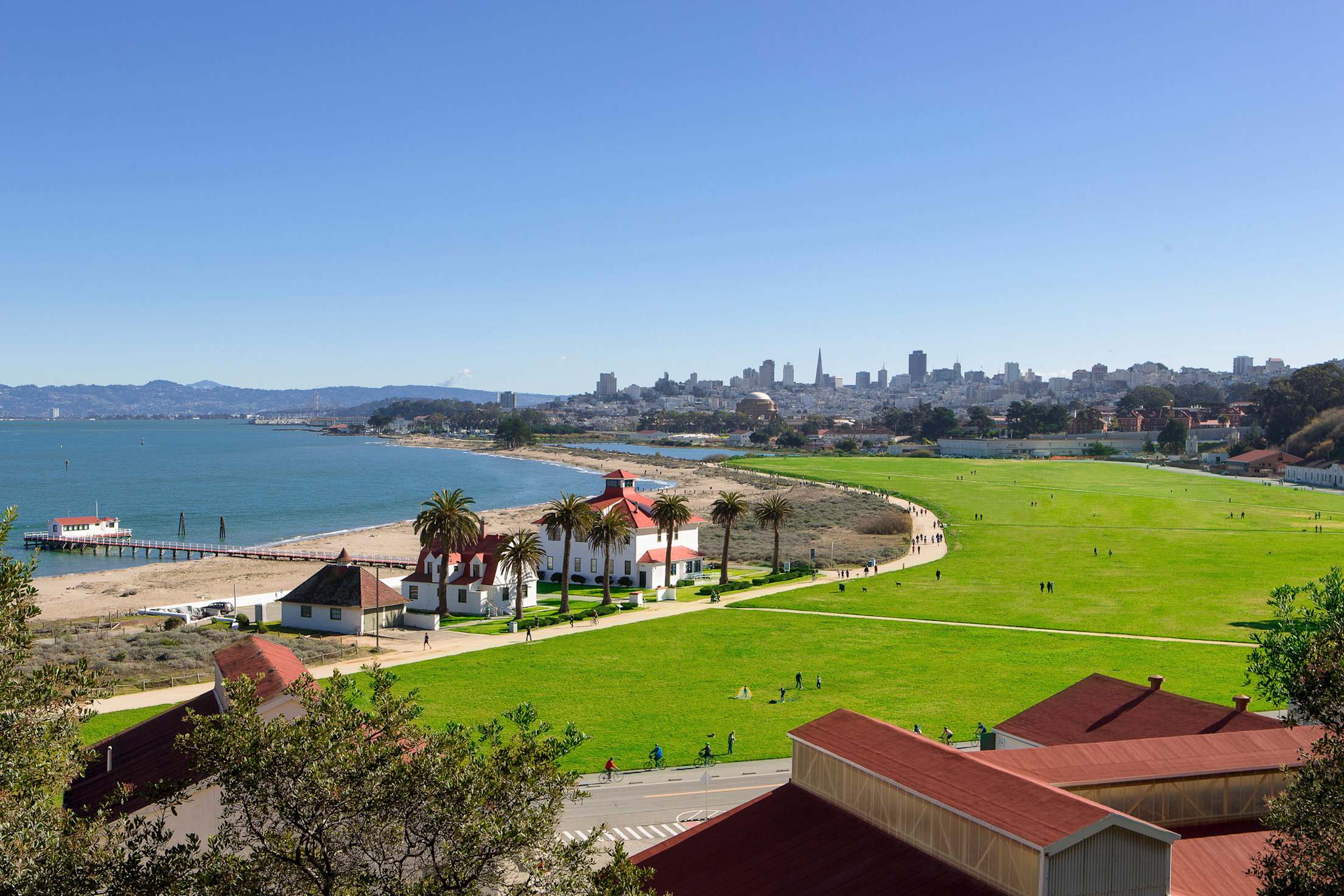
The Presidio
Seven blocks north of Golden Gate Park sits another wildland. Graced with cypress and eucalyptus trees, sandy beaches, and coastal wetlands, with the Golden Gate Bridge at its northern border, the Presidio is a kind of San Francisco in miniature. The park’s history also mirrors the city’s. The area—once the homeland of the Ohlone people—became a military installation in 1776, controlled first by Spain, then Mexico, then the United States. In 1994 the land changed hands again, becoming a 1,491-acre national park site.
At the visitor center, topographical models and touch screens provide a good overview of the area. Nearby, inside the Officers’ Club, the Presidio Heritage Gallery presents thoughtful exhibits on the park’s history. The adjacent archaeology lab displays American Indian shell beads excavated from the parade grounds and other artifacts unearthed here.
Modern-day diversions include Star Wars photo ops at Lucasfilm HQ, theme park–worthy displays at the Walt Disney Family Museum, and performances at the restored Presidio Theatre. Yet nature remains the park’s blockbuster attraction. A quiet eucalyptus grove hides Wood Line, a piece by environmental artist Andy Goldsworthy. Dining options range from lively food truck picnics around the Presidio Tunnel Tops and the Presidio Visitor Center to modern Eastern Mediterranean from the acclaimed culinary duo (and Presidio residents) Laura and Sayat Ozyilmaz. —Garrick Ramirez
If you're planning on traveling to San Francisco, talk to AAA Travel Agents for free.